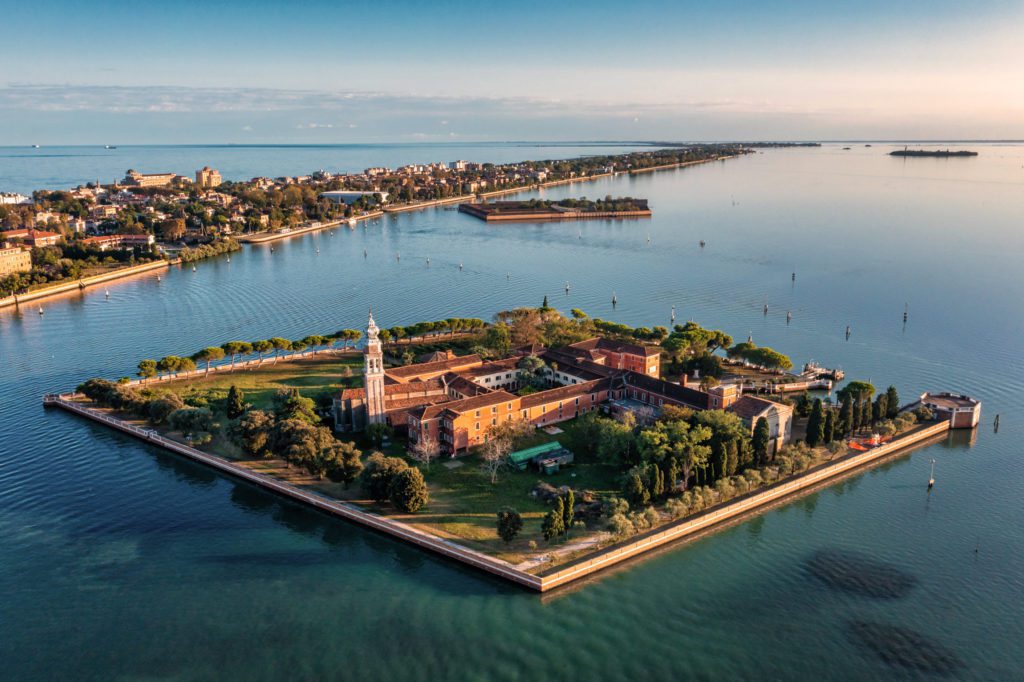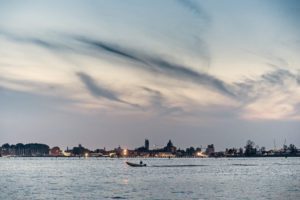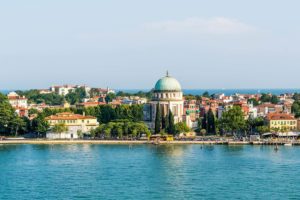Poveglia

Opposite the Malamocco area, there is an island of only seven hectares that is replete with legends and mysteries: Poveglia.
It is said that after the Second World War it was home to a psychiatric hospital, with a mad doctor who conducted experiments on his patients and who committed suicide by throwing himself from the bell tower of the church and disappearing into a strange fog. And, today, it is said that one can still hear the cries of the plague victims and of the tortured patients.
The curious thing about these legends is that they are relatively recent and invented by a US television programme of the 2000s on the paranormal: in fact, there are no testimonies of legends and ghosts of Poveglia, neither in popular folklore nor in ancient volumes on the history of Venice.
In the sixth century, Poveglia, formerly called Popilia (from “poplar” or due to the proximity to the Roman Via Popilia-Annia), and Poveggia, became a refuge for people fleeing from the hinterland from the Longobard invasions.
It later became a village and the site of a castle. From 864, it was donated to the servants of Pietro Tradonico, Doge of Venice, who was murdered that year in an attack, and began a phase of prosperity as a fishing island.
During the war of Chioggia (1378 – 1381), the Poveglia octagon was built, an artificial islet that served as a fortification, but was not strong enough to protect it from devastation.
After a few vain attempts at recovery, Poveglia was exploited for its proximity to the port of Malamocco, and became a boathouse and warehouse for equipment.
From the sixteenth century, it was also used as a lazaretto (after the Lazzaretto Vecchio and the Lazzaretto Nuovo stopped being used) and housed those who were probably the last to suffer from the plague before it was eradicated from Venice.
It remained a place for maritime quarantine at least until the end of the Second World War, a period in which its buildings became partly used as a geriatric hospital. Since the late 1960s it has been State Property, and still today the island has not been redeveloped, despite several projects being presented (such as a project to build a youth hostel in the late 1990s).
Whether or not it is home to ghosts, Poveglia remains a unique island of its kind, which you can pass by with your own transport to admire its ruins from afar. It is currently not accessible by public transport.












